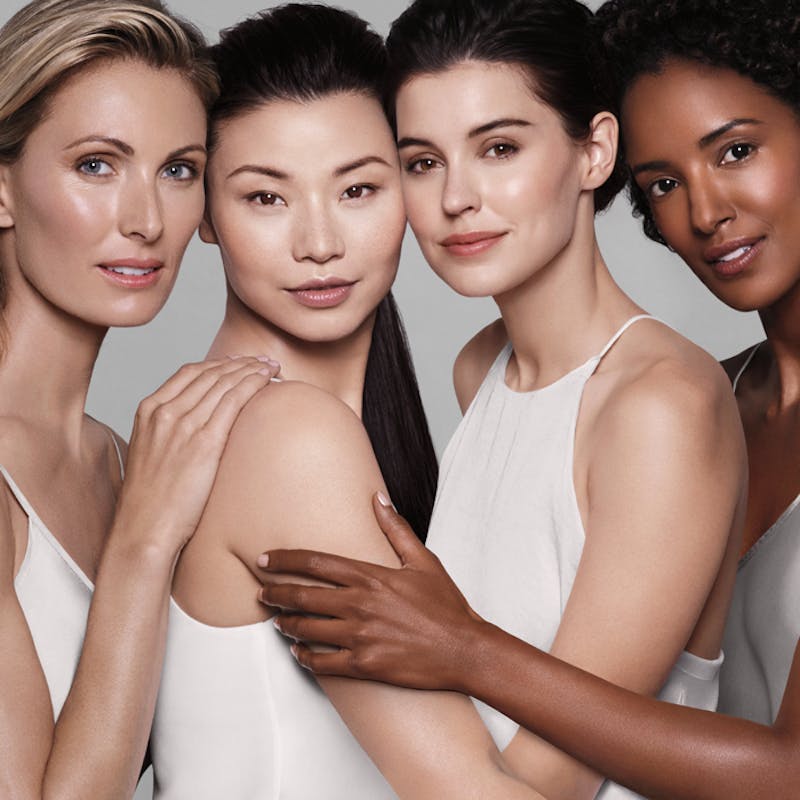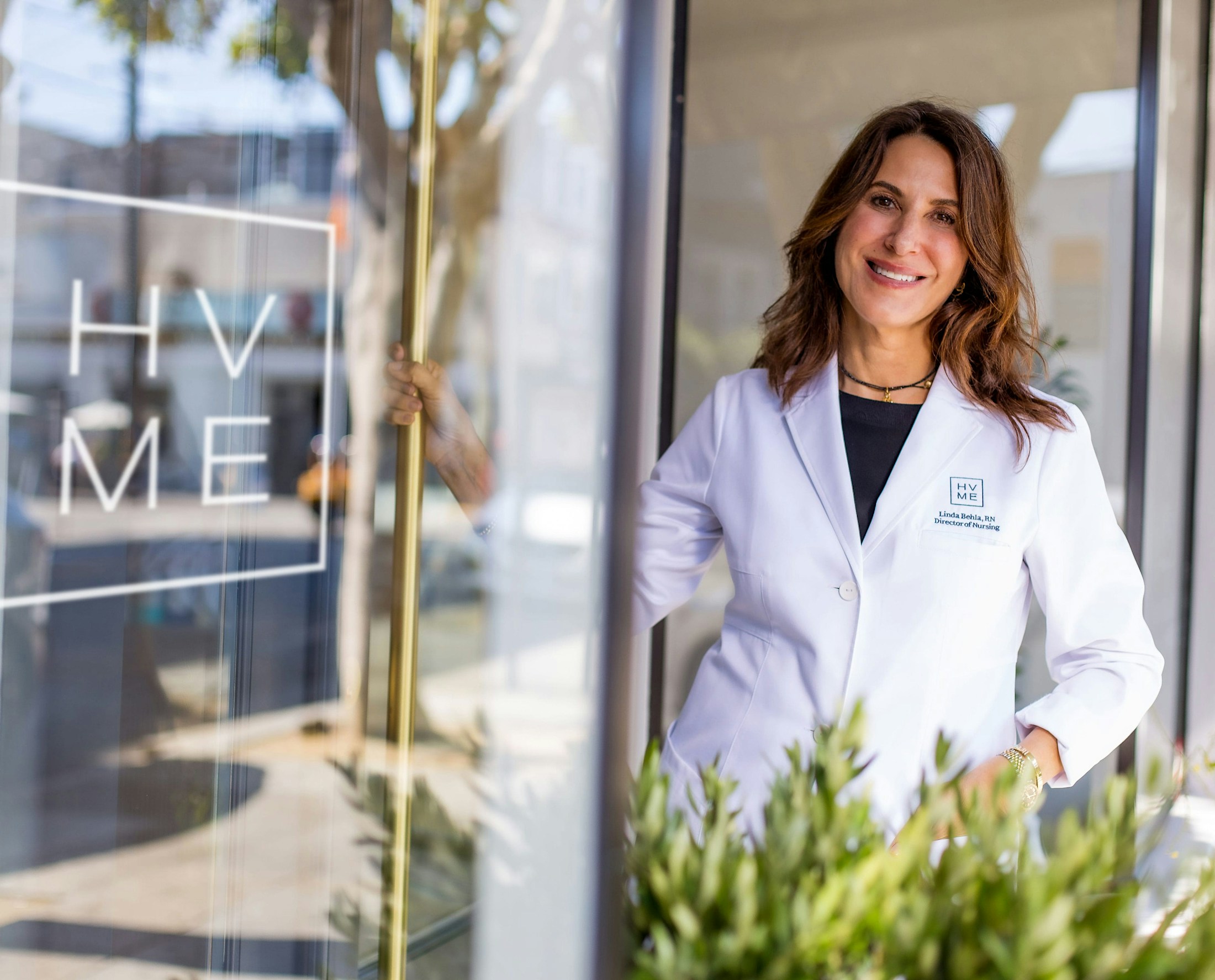Q: What is the difference between an all-physical sunscreen and a physical-chemical sunscreen?
An all-physical sunscreen utilizes sunscreen actives, such as titanium dioxide and zinc oxide, that work by sitting on top of the skin to deflect or block damaging UV rays away from the skin.
A physical-chemical sunscreen utilizes a combination of sunscreen actives that include physical blockers and chemical filters to achieve a more elegant and sheer formulation. Chemical filtering sunscreen actives work by absorbing UV rays and converting them into heat energy on top of the skin.
Q: When should you use an all-physical sunscreen and when should you use a physical-chemical sunscreen?
An all-physical sunscreen is usually recommended by physicians for sensitive skin or following a procedure as directed by their physician. Physical sunscreens work better for people with heat-activated skin (ie, rosacea and redness) since they deflect the heat and energy from the sun.
Q: What does noncomedogenic mean?
Noncomedogenic means the product is not expected to clog pores.
Q: What does a PA rating mean?
PA rating refers to the amount of protection the sunscreen offers from UVA rays since SPF only ranks protection from UVB rays. The PA rating system ranges from +(least) to ++++(most). The more plus symbols, the more protection from UVA rays, the rays that may cause long-term skin damage and, therefore, age the skin.
Q: What does hypoallergenic mean?
Hypoallergenic means it causes fewer allergic reactions than other products.
Q: What is “blue light” and why should you be concerned about it?
Blue light, also known High Energy Visible (HEV) light, is the wavelength of light that is emitted from our phones, tablets, and computers, and those intensely bright LED lights that you see more of every day in convenience stores and commercial food and drink coolers. HEV light is also a part of the sun spectrum.
Research has shown that overexposure to blue light can accelerate signs of aging, worsening the wrinkles, fine lines, and hyperpigmentation we’ve come to associate with too much sun. As dermatologist Dr. Howard Murad, a prominent dermatologist explains, “Excessive blue light accelerates the oxidation process, which elicits inflammation and damages the skin barrier, making it more prone to signs of aging, increased uneven skin tone, dullness, pigmentation, and fine lines and wrinkles.” New sunscreen formulas are now adding ingredients to protect against overexposure to this potential new threat.
Q: What are infrared rays and why is IR protection important?
We know that sunlight damages the skin because of UVB, the rays that cause sunburn and can lead to skin cancer, and UVA rays, present even on cloudy days, which penetrate deep below the skin, causing premature aging and are also linked to melanoma. A sunscreen’s SPF rating relates to protection from UVB, while its star rating – five being the highest – relates to UVA protection. However, UV light makes up only about seven per cent of the sun’s rays. What you might not know, though, is that UV light only accounts for 3 to 5 percent of what reaches us from the sun. The rest is made up of infrared (IR or IRA) rays, which make up a over 50% of the light that hits your skin on a daily basis, and visible light.
IRA rays penetrate skin more deeply than either UVA or UVB rays, passing through the epidermis and dermis into the subcutaneous layer. These rays are responsible for the warmth you feel on your skin when you’re out in the sun, but they also generate free radicals that cause collagen breakdown and accelerate skin aging. The heat produced by infrared rays can also lead to inflammation in the skin, which over time plays a role in premature signs of aging. Since so much infrared energy comes into contact with your skin every day, sunscreens that offer infrared protection are the best defense against sunburn, premature skin aging and skin cancer.
Q: Does Hayes Valley Med offer sunscreens with infrared (IR) protection?
Yes, SkinMedica’s TOTAL DEFENSE + REPAIR and Colorescience’s Sunforgettable Total Protection deliver the breakthrough benefit of IR protection.
Q: How about darker skin types?
For those with darker skin tones who are more concerned about a whitening look from sunscreens, SkinMedica Essential Defense Mineral Shield Broad Spectrum SPF 32 Sunscreen Tinted may be a good option, depending on how dark the skin tone is. All three Essential Defense sunscreens can be an appropriate choice if no whitening is observed once each one is rubbed in.
Sometimes the white coverage of zinc oxide and titanium dioxide found in traditional sunscreens can leave dark skin looking purple or blue, but since SkinMedica® sunscreens use a micronized zinc oxide, they tend to be more sheer. The zinc oxide and titanium dioxide contained in SkinMedica® sunscreens are embedded in a silicone matrix, which allows these minerals to spread evenly and smoothly on the skin without leaving the white residue typically seen with other sunscreens.



